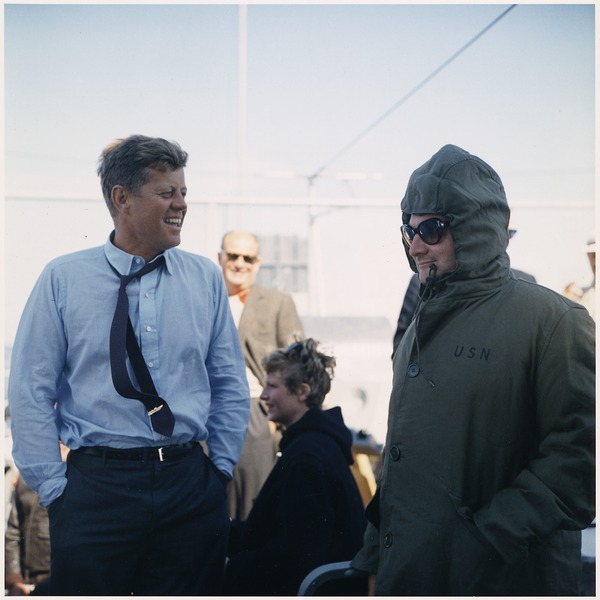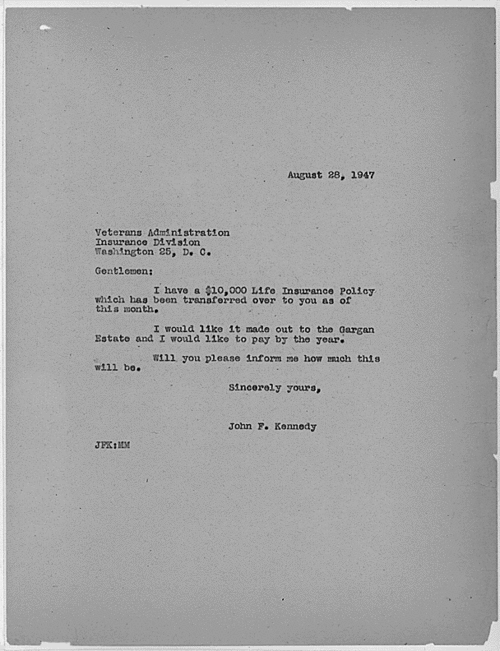
Final Expense Options
Individuals, mostly seniors, looking for final expense coverage have four choices. Their desirability is in descending order:
- fully underwritten Guaranteed Universal Life (GUL)
- simplified issue whole life
- modified benefit whole life
- guaranteed issue whole life, also called graded death benefit whole life
Regrettably, profit and volume driven marketers, including AARP, not acting in their client’s best interest, skip over option #1 to concentrate on the easier to write and faster to place options #2, #3 and #4.
Look for
Option # 1, Guaranteed Universal Life starting at $25,000 in coverage is very cost effective coverage. Full and immediate benefit. Fully underwritten, it requires a blood tests and carriers usually review 5 years of medical records. Applications take on average 6 weeks and require from the agent and brokerage good old fashioned time and expense, and have a lower placement ratio. That’s why certain marketing organizations, including direct mail, phone and mail solicitations, don’t want to get bogged down doing them, even though it’s in the client’s best interest.
Plan B
Option #2, Simplified Issue Whole Life, is full and immediate benefit, comes into play for affordability, smaller policies $3,000 to $8,000. Also the underwriting is less strict, no blood test or medical records, usually only MIB * check and prescription drug check, and helps with coverage if a serious condition occurred two or more years ago. Remember a $25,000 Guaranteed Universal Life cost about as much as a $10,000 whole life, so make sure to consider option # 1 before settling on option # 2. See here ages 60 to 69 whole life quotes. See here ages 70 to 70 whole life quotes.
Option #3 Suitable for those who have had a major health problem but having occurred over two years ago.
Option # 4 No health questions. Basically, all one needs is be cognitively and physically able to sign the application.
Modified Benefit Whole Life
The beneficiary receives a percentage of the death benefit in the first few coverage years. The percentage rises and generally by the 4th year there is a full benefit.
Guaranteed Issue Whole Life also called Graded Benefit Whole Life
No health questions. Coverage is characterized by a waiting period for the full life insurance benefit. The waiting period is typically 2 or 3 years. If the insured dies during this waiting period, the beneficiary receives a return of premium plus interest, typically 5% or 10%. After the waiting period, it’s the full death benefit. The application question are limited, and coverage is not available only if the individual has a terminal condition or bedridden.
This doesn’t sounds bad, if you’ve had recently something like cancer or a heart attack and really need coverage. What’s the catch? Well, Modified Whole Life is relatively expensive. One of the best ways to judge this coverage is to divide premiums into the death benefit to see at what point cumulative premiums exceeds death benefit. For example with Liberty Bankers Life a 71 year old female.
$99.88 monthly for $10,000 Face Amount – Modified Whole Life
Years 1 – 3 benefit equals return of premium plus 10%
Year 4 death benefit 100%
Year 5 death benefit 105%
Year 6 and thereafter 110% benefit
In this example, Year 6 and thereafter a 110% of face amount is an $11,000 death benefit. Annual premium is $1,198.56 ($99.88 x 12)
$11,000 / $1,198.55 = 9.2 years. Thus, cumulative premiums exceed the death benefit after a little over 9 years.
Whether or not this is a good value depends on the individual’s health condition and life expectancy. In the example above: will this 71 year old live into her 80’s? If she does, the owner ends up paying more in premiums than receiving in benefit.
Please contact me for a free and confidential quote.
 Licensed agent: Sean Drummey
Licensed agent: Sean Drummey
phone: (910) 328-0447
Email: spdrummey@gmail.com
(* MIB Medical Information Board, checks prior life insurance applications)
Revised: 8/22/14
Home




 Licensed agent:
Licensed agent: